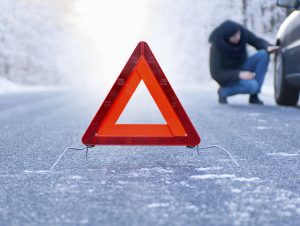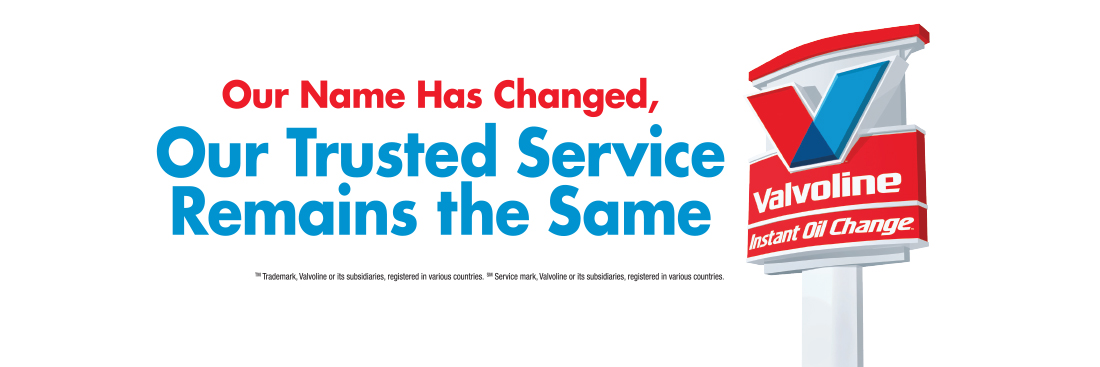 Winter officially arrives December 21st, so now is an excellent time to double check the contents of your vehicle emergency kit.
Winter officially arrives December 21st, so now is an excellent time to double check the contents of your vehicle emergency kit.
Don’t have a kit? Don’t feel too bad; according to an AAA survey, 40% of drivers don’t carry an emergency kit in their vehicles. But do take this opportunity to prepare for an unforeseen emergency.
To determine the items that should absolutely, positively be in your emergency kit, we surveyed several state transportation and emergency preparedness agencies as well as our friends at AAA.
There’s a clear consensus that your vehicle emergency kit should include:
-
- Shovel
- Windshield scraper and small broom
- Kitty litter or sand (the non-clumping kind)
- Flares and reflector
- Tire chains
- Jumper cables
- Tow cable
- Flashlight
- Warm blanket(s)
- First aid kit
- Gallon of water
- Non-perishable food
- Cell phone adaptor
- Extra set of clothes, including coat, hat, gloves and boots
It’s also a good idea to include a deck of cards or a board game to keep yourself occupied if you need to wait for help to arrive.
While the natural inclination is to store your kit in the trunk, ReadyWisconsin recommends that you carry it in the passenger compartment of your vehicle because the trunk could become frozen shut or inaccessible in the event of an accident.
If you become stranded, what you do or don’t do next could mean the difference between life and death. The ReadyWisconsin website provides valuable survival tips that could help save the lives of you and your passengers. Be sure to check them out.
Now that you’ve assembled an emergency kit, do a little prep work to help ensure you never need to use it.
Before you leave, confirm your route, get updated road conditions and check these items on your vehicle:
-
- Lights and turn signals;
- Battery;
- Brakes;
- Radiator fluid (antifreeze/coolant);
- Heater/defroster
- Ignition
- Windshield wash (use a winter mix that provides freeze protection if you’re headed somewhere temperatures could drop below freezing)
- Tires (overall condition, tread depth and inflation
- Gas tank (be sure your tank is full)
Happy – and safe – travels!
Valuable Resources:



